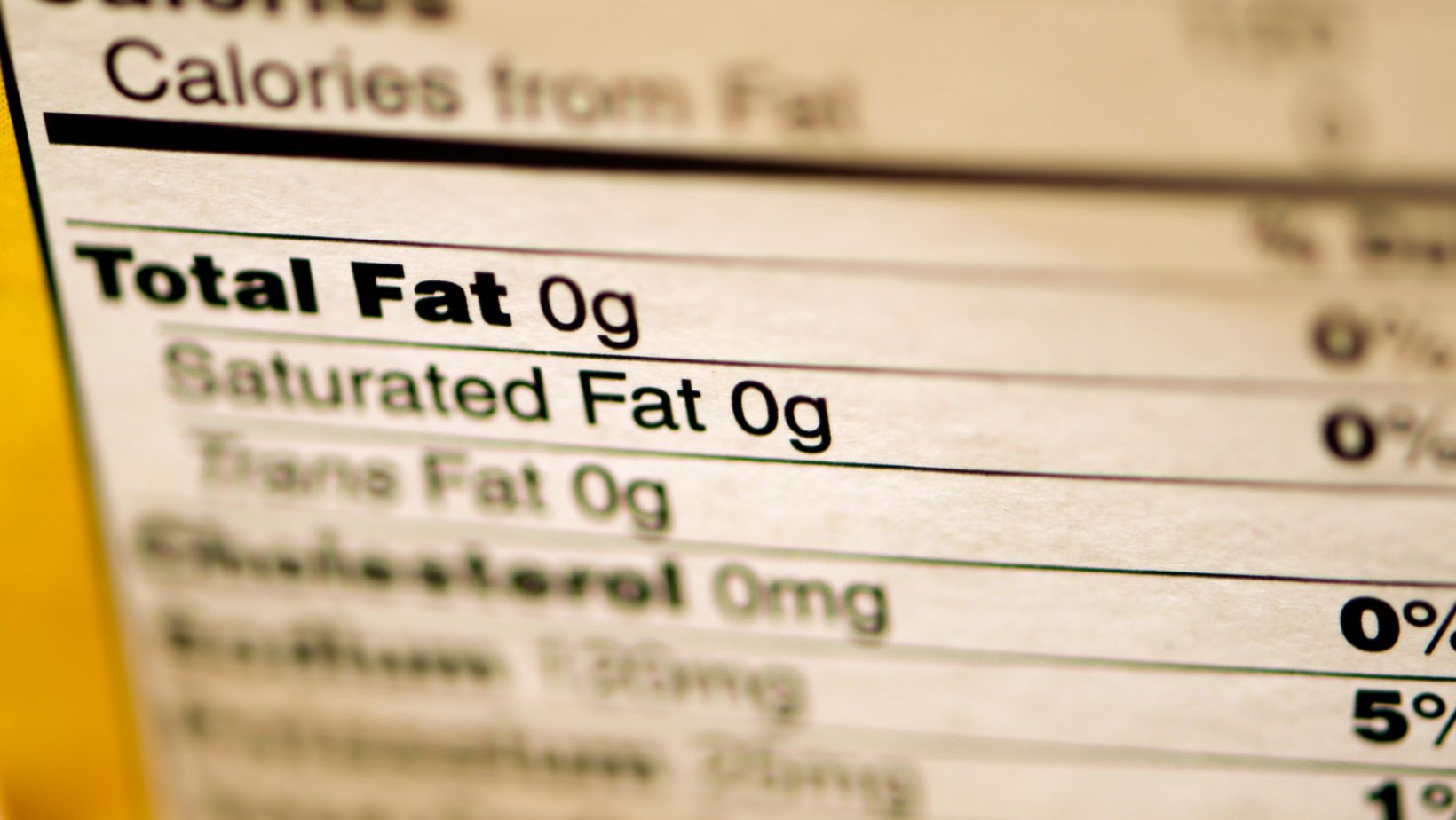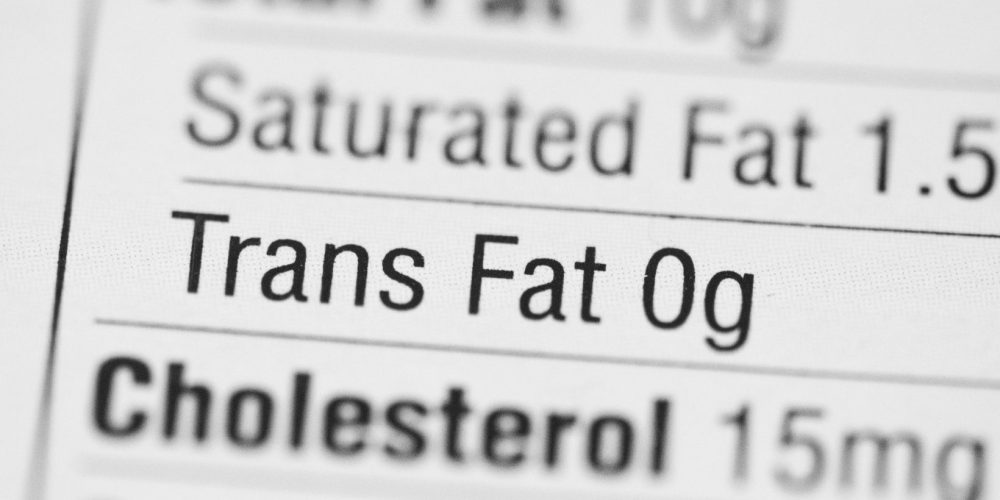Are you someone who looks for “fat free” or “reduced fat” labels when shopping for processed foods? You’re not alone. Many of us are conscious about our health and try to make healthier choices when it comes to our diet. However, have you ever wondered if these labels actually mean what they claim? In this article, I’ll delve into the world of processed foods labeled “fat free” or “reduced fat” and shed light on whether they are truly healthier options or just clever marketing tactics. Get ready to uncover the truth behind these labels and make more informed decisions for your well-being.
Processed Foods Labeled “Fat-Free” or “Reduced Fat” May
When it comes to choosing food products that are labeled “fat-free” or “reduced fat,” many of us believe that we are making healthier choices. These labels imply that we are consuming fewer calories and less fat, which can be attractive for those trying to maintain a healthy diet or lose weight. However, it’s essential to dig deeper and understand the true impact of these processed foods labeled as such.
While it is true that foods labeled “fat-free” or “reduced fat” have lower levels of fat compared to their regular counterparts, they often make up for it in other ways. One common strategy used by food manufacturers is to increase the amount of sugar or artificial sweeteners in these products to compensate for the reduced fat. This can lead to an increased intake of calories and a higher sugar content in our diets, which may have detrimental effects on our health.
Moreover, the term “fat-free” does not necessarily mean a food is calorie-free. While the fat content may be reduced or eliminated, these foods may still contain significant amounts of carbohydrates, protein, and other macronutrients that contribute to overall calorie intake. It’s crucial to consider the overall nutritional profile of a product rather than solely focusing on the fat content.
Another aspect to consider is that labeling laws allow food manufacturers to round down the amounts of nutrients on their packaging. For example, if a product contains 0.5 grams of fat per serving, it can legally be labeled as “fat-free,” even though it does contain some fat. This can be misleading and lead consumers to believe they are consuming a completely fat-free product, when in reality, there is still a small amount of fat present.
Ultimately, the impact of processed foods labeled “fat-free” or “reduced fat” goes beyond the fat content. It’s important to pay attention to the overall nutritional content, including the sugar content, calorie count, and the presence of any artificial additives. Making informed choices about our food and understanding the potential implications of these labels can help us make healthier decisions that promote our well-being.

Understanding the Terms
What Does “Fat-Free” Mean?
When we come across the term “fat-free” on food labels, it’s easy to assume that the product is a healthy choice. However, it is important to understand what this term actually means. “Fat-free” refers to the fact that the product contains less than 0.5 grams of fat per serving. This may sound like a good thing, but it’s necessary to delve deeper into the nutritional content of the food.
While it’s true that “fat-free” foods may have less fat, they often compensate for this reduction by increasing the sugar content or adding artificial sweeteners. This means that even though the product may be free of fat, it can still be high in calories and may not provide the balanced nutrition that we need. It’s crucial to read the ingredient list and nutritional information to truly understand what you’re consuming.
What Does “Reduced Fat” Mean?
Now let’s look at what “reduced fat” means on food labels. This term indicates that the product contains at least 25% less fat compared to the original version. While this may seem like a healthier option, it’s still important to consider the overall nutritional profile.
Similar to “fat-free” foods, “reduced fat” products may compensate for the reduction in fat by increasing sugar or artificial sweeteners. Additionally, labeling laws allow for rounding down nutrient values. This means that even though a product is labeled as “reduced fat,” it may still contain a significant amount of fat. To make more informed choices, it’s necessary to carefully examine the nutritional information on the label and consider the overall balance of the product.
Remember, while the terms “fat-free” and “reduced fat” may initially indicate healthier options, it’s vital to look beyond these labels and assess the overall nutritional value of the food product. It’s always a good idea to check the ingredient list, compare different brands, and choose products that fit well into your dietary goals.






